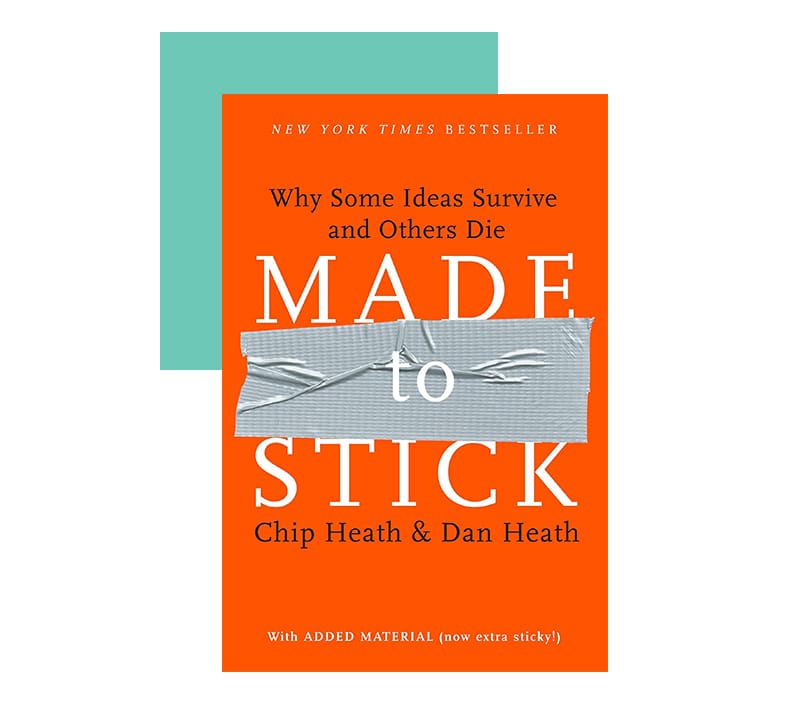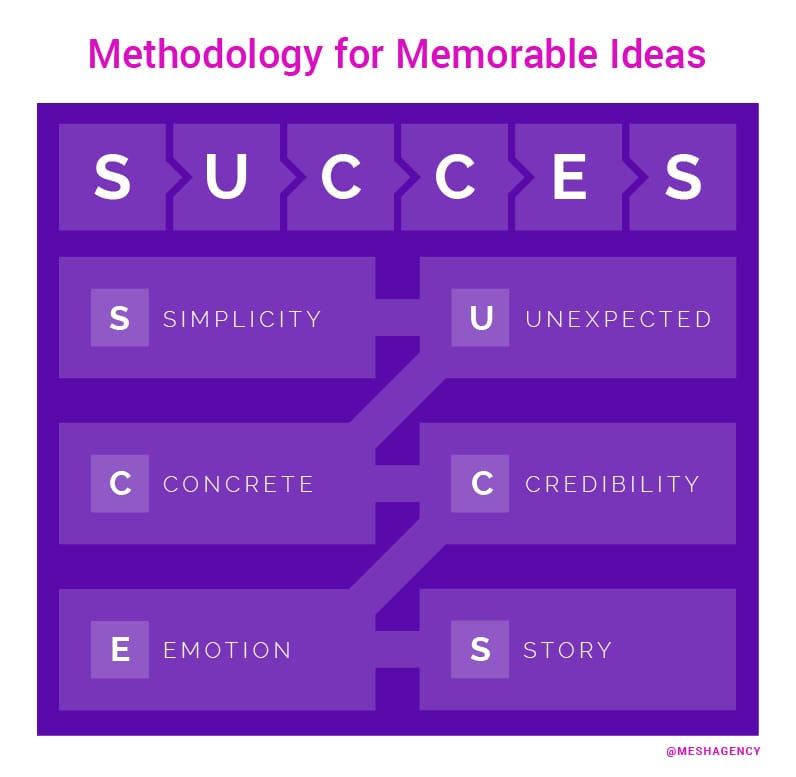It’s curious, isn’t it? Well…
There is often confusion when you remember things. Sometimes, you remember the sights, sounds or smells of a given event, but struggle to remember other details. This everyday experience proves why creating memorable content is important.
We all have different capacities for short-term memory, but the term itself is often mentioned within a broader discussion of short-term memory loss.
Exhibit A?
A simple Google search for “short-term memory” yields “short-term memory loss” as the top result, which may cause confusion between the two.
People who don’t suffer from short-term memory loss are able to store sensory events and recent happenings (as recent as 30 seconds) with ease. Individuals who do suffer short-term memory loss experience difficulty when trying to register those same details in real-time to varying degrees.
This was of great interest to me, as I struggle with short-term memory loss after suffering brain damage from a near-fatal car accident. My personal reality inspired me to do my own research on memory. I found a great resource in Chip and Dan Heath’s book Made to Stick.
Tell Me More
As a marketer, you write for a living. You deliver useful content to prospects and customers. It’s part of the job description. You’ll have more success, of course, if you create memorable content for prospects.
If you want people to remember your message, the content needs to stick out in their minds. The methodology detailed in Made to Stick teaches you how to communicate ideas that will stick in the prospect’s mind longer.
The formula for “sticky” ideas is as follows:
S—Simplicity
U—Unexpected
C—Concrete
C—Credibility
E—Emotion
S—Story
Sticky ideas often have all of these qualities. Urban legends are a great example of a sticky idea. The Heath brothers cite the “Kidney Heist” story–a man waking up to find one of his kidneys had been removed after being overserved at a bar–as an example of an urban legend.
To discover more ways to make your content stick with an audience, review our “52 Things I Discovered Reading the Best Copywriting Books” blog post.
Naturally, an argument can be made that urban legends aren’t credible sources of information and all factors of the SUCCES framework need to be “checked” before something’s “sticky.” But credibility depends on the person. What might be credible to you isn’t credible to another.
Regardless of credibility or any other “sticky” metric, why exactly do we remember some things and not others?”
Memory is a survival mechanism and it’s embedded into the fabric of our DNA.
The brains of prehistoric cave people needed to remember facts crucial to their survival. For example, if they encountered a prehistoric beast for the first time, they would feel an emotion. Surprise, if it was dangerous. Relief, if it wasn’t.
These emotions helped keep cave people alive in their harsh environment. They would remember how a specific experience made them feel and react accordingly.
Likewise, when we tie an experience to an emotion, we’re more likely to remember it through the lens of the emotion we experienced at that time.
This fact contributes to why marketers often appeal to the emotions in B2C marketing.
Emotions Are Only Half of It
Emotions only get you so far. Leveraging emotions to make prospects remember what you want them to is only half the battle.
The other half of remembering some things over others is learning by doing. The human brain is hardwired to learn by doing.
Learning by doing isn’t just the recommendation of the authors of Made to Stick, though. There is a scientific and biological explanation as to why learning by doing is great for remembering important information.
The difference between knowing and remembering something may seem obvious, but it’s possible to know things and not remember them. For example, if I asked you to immediately tell me everything you know about marketing.
Although you might be a skilled marketer, chances are, you don’t have an encyclopedic knowledge of marketing that you would allow you to comprehensively list data or best practices. You know marketing, but you can’t remember everything last thing about it.
To make the process of remembering easier, you need a way to recall the things you learn. One of the easiest ways to do that is to reinforce what you learned—to learn by doing.
But Keep in Mind…
If you experienced a positive result from a certain type of behavior, you are more likely to repeat that behavior for the same result. This calls to mind the work of B. F. Skinner and other psychologists that contributed to the way we think about the reinforcement theory.
The Centre for Brain Health, a Canadian organization, claims that learning by doing is better than watching:
Observational learning has long been an important component of adapting to new information, but it typically occurs as an immersive experience, as part of larger social conditioning or in reinforcing behaviours in settings such as the classroom or the sporting arena.
Taken together, learning by watching is only effective if it’s also hands-on–if the experience of watching gives you an opportunity to practice what you learn.
For example, during the past year, I’ve been working for MESH Interactive Agency as a junior copywriter under the direction of founder, Bill Schick. If he spots an inconsistency in my writing, he points it out and tells me why it doesn’t work.
In this instance, I am learning by watching what he’s doing, but because he’s not correcting the inconsistencies himself, I am also learning by doing–I’m practicing what I’m learning.
Whether it’s remembering content by the way it made you feel, learning by doing under the guidance of an industry professional or a combination of the two, you, too, can create memorable content that clients will read, remember and share. We’d love to hear your memorable content ideas. Click chat below to start a conversation with our founder, Bill.
Marketing Agency
MESH is a digital marketing agency that has pioneered Account-Based Marketing via our proprietary Outcome Driven Marketing (ODM) methodology. We keep our focus on tightly integrating (or MESHing) lead generation, inbound, and outbound methodologies. We help you understand the hidden levers that impact your customers’ buying decision process, develop the right marketing strategy for your unique business case, and effectively execute and measure all aspects of your Account-Based Marketing program.






